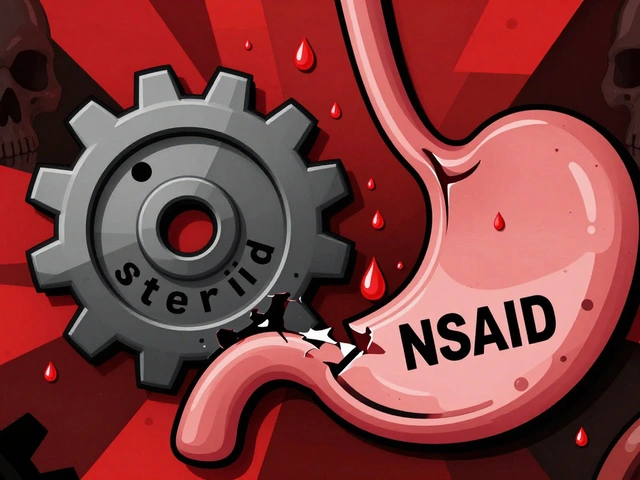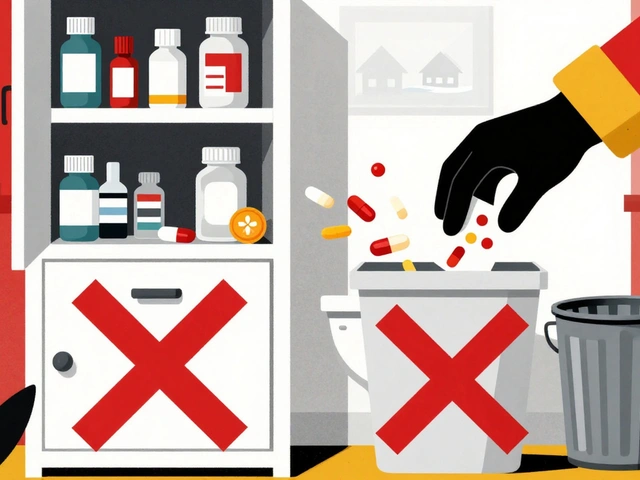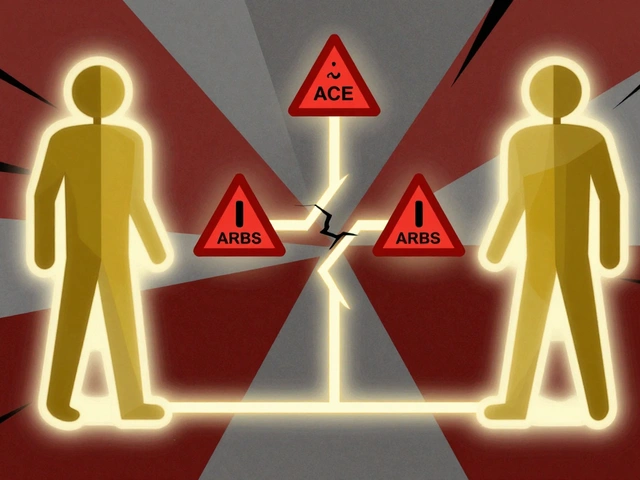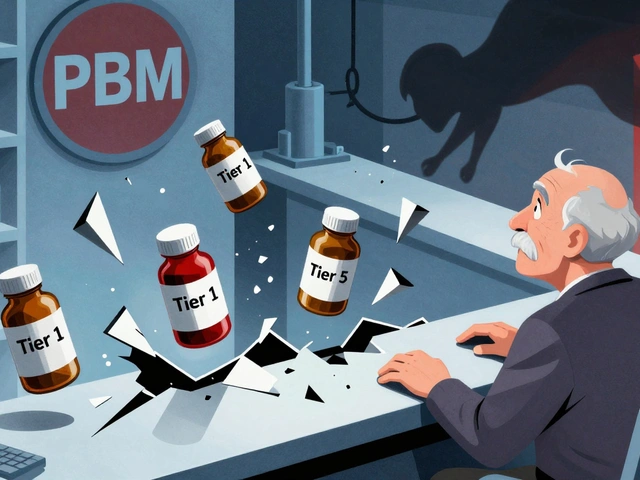Nasal Congestion Relief: What Causes It and How to Clear It Fast
Ever feel like your nose is closed off and you can't breathe? That’s nasal congestion, and it can hit anyone – from sneezing kids to tired adults. It’s not just annoying; it can ruin sleep, mess with workouts, and make you feel cranky. The good news? Most stuffy noses have simple fixes, and you don’t always need a prescription.
What Triggers a Stuffy Nose?
Most of the time, congestion is a reaction to something irritating the lining of your nose. Common culprits include colds, allergies, dry air, and even spicy food. When an irritant shows up, the blood vessels in your nasal passages swell, and mucus production goes into overdrive. This swelling blocks airflow and makes you feel like you’re breathing through a tiny straw.
Sinus infections add another layer. Bacteria or viruses can cause the sinuses to fill with thick mucus, leading to pressure and pain. If you’ve noticed a lingering “full” feeling behind your cheeks or forehead, it might be a sinus issue rather than a plain cold.
Fast Ways to Clear Nasal Congestion
First, try a saline spray or rinse. A salt‑water solution thins mucus and gently washes out allergens. You can buy a ready‑made spray or make your own with ¼ teaspoon salt in a cup of warm water. Use a squeeze bottle or neti pot, tilt your head, and let the fluid flow through each nostril.
Steam works wonders, too. A hot shower or a bowl of steaming water (cover your head with a towel) adds moisture to the airway, loosening sticky mucus. For an extra boost, drop a few drops of eucalyptus or peppermint oil into the water – just don’t overdo it.
Stay hydrated. Drinking water, herbal tea, or clear broth keeps mucus thin, so it moves out more easily. Avoid caffeine and alcohol, which can dry you out and make congestion worse.
If allergies are the main driver, antihistamines or a short course of a decongestant can give quick relief. Over‑the‑counter options like loratadine or pseudoephedrine are safe for most adults, but always read the label and follow dosing instructions.
When to call a doctor? If you have a fever over 101°F, persistent facial pain, green or bloody mucus that lasts more than a week, or trouble breathing, it’s time to get professional help. These signs could mean a bacterial infection that needs antibiotics or a more serious sinus problem.
Finally, keep your environment friendly to your nose. Use a humidifier in dry rooms, keep windows closed during high pollen days, and wash bedding regularly to reduce dust mite exposure. Small changes like these cut down on the triggers that cause congestion in the first place.
Clearing a stuffy nose isn’t rocket science – a mix of hydration, steam, saline, and smart medication choices usually does the trick. Keep these tips handy, and you’ll breathe easier whether it’s a cold, allergies, or a sneaky sinus infection trying to slow you down.

Guaifenesin for Sinus Infections: How This Expectorant Relieves Nasal Congestion
Discover how guaifenesin works against sinus infections, proper dosing, safety tips, and how it stacks up against other OTC options for fast nasal relief.
read more




